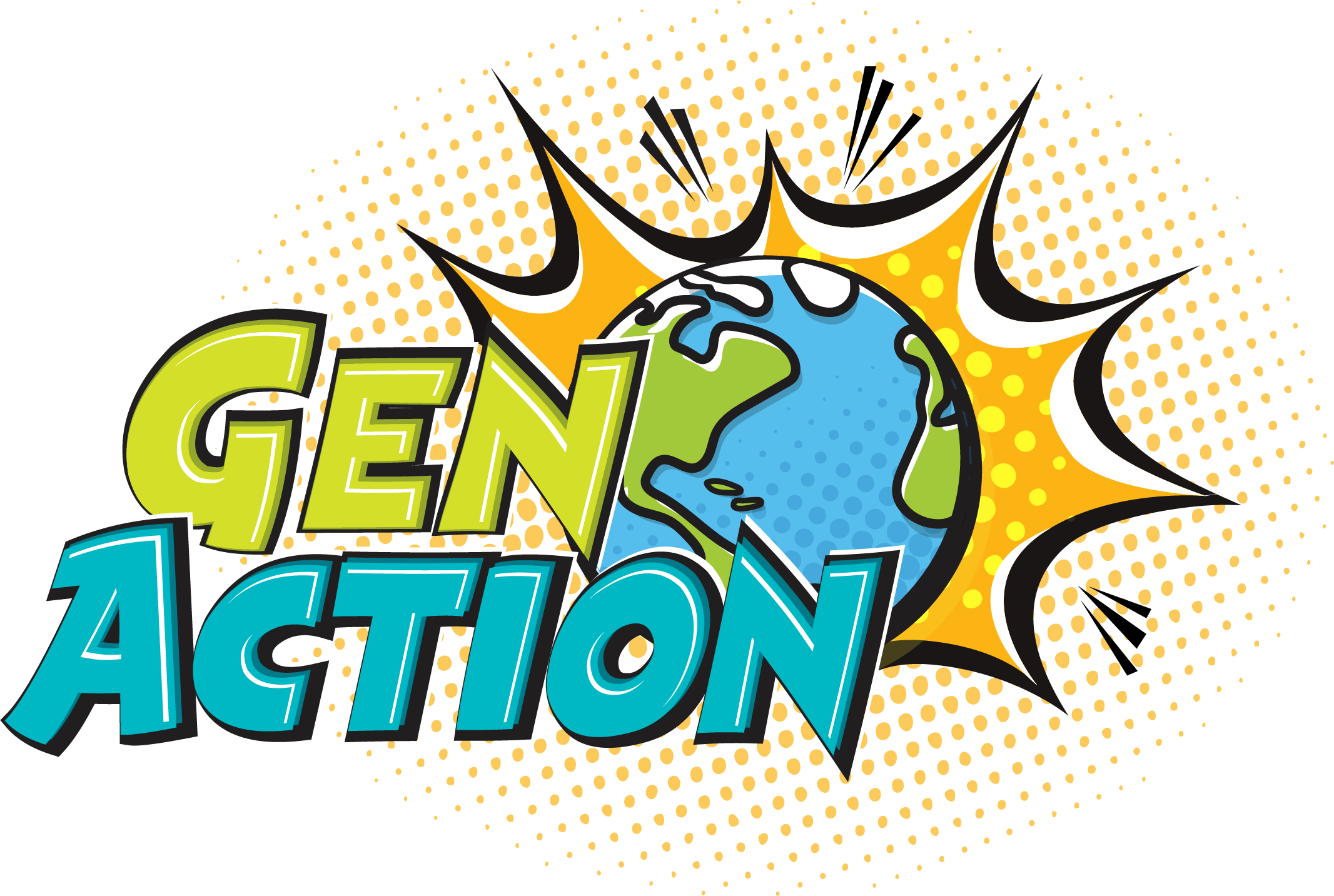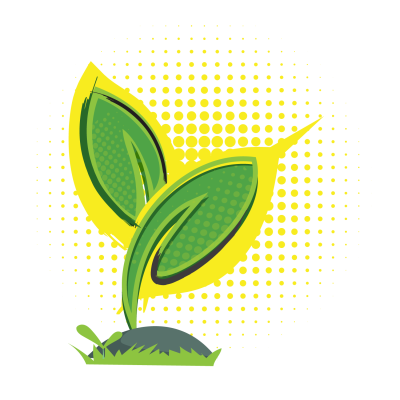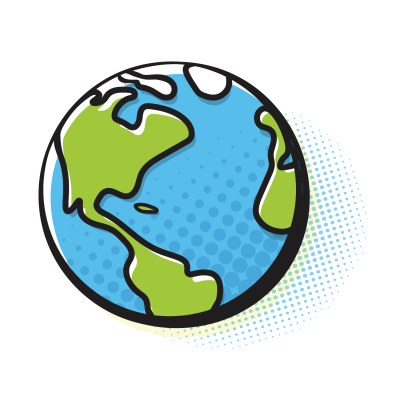Origin Story
GenAction unites 30 science centres across the nation to deliver climate action programming inspiring our next generation of climate heroes – like you!
Its mission is to engage over 200,000 youth by 2024. Collectively, participating science centres are connecting educators and youth with Science Spotlights, accessible peer-reviewed climate research articles, raising awareness of climate change science AND delivering programming to educate citizens on climate actions they can take to make a difference.
Did you know that human activity is the number one cause of climate change?
Climate change is a long-term change in weather conditions identified by temperature, precipitation, or winds, from the increase of heat in the atmosphere. If our Earth becomes too hot from emissions caused by humans, it can lead to more conditions like droughts, floods, or dangerous winds. If climate actions are neglected, the more negative impacts of climate change will be evident. It’s time for GenAction!
You Can Be a Climate Hero
Here are examples of daily climate actions you can take to make a difference:
- Unplug devices that are not in use
- Make homegrown compost as fertilizer for your gardens
- Eat a more seasonal, plant-rich diet
- Ride a bike to school or travel with a friend
- Donate unwanted toys and clothes
- Plan or participate in a community cleanup at school
- Read our Science Spotlights and spread the word about climate change science and actions
Join the Movement and Pledge to Be a Climate Hero Today
Our Mission Impact
Interact with the map below to discover climate action commitments happening in your region and the collective impact youth have on the future of our planet.
Science Spotlight
Discover local climate research from science heroes in your region and climate actions that you can do at home, in your classroom or in your community. They are available in French and English, to read online or download.

Northwest Territories: How Climate Change Is Impacting Northern Food Systems
Territoires du Nord-Ouest : Comment le changement climatique est en train d’impacter les systèmes alimentaires du Nord
Les écosystèmes du Nord-Ouest du Canada sont en train de changer à un rythme rapide. Constituant jusqu’à presque 55 pour cent de la masse terrestre du Canada, cette région est en train de se réchauffer à un rythme presque quatre fois plus rapide que le rythme mondial moyen. Un écosystème changeant signifie que les sources de nourriture des gens sont aussi en train de changer. Autour du Grand lac de l’Ours, les Sahtúgot’ı̨nę ont remarqué ces effets, et ils/elles doivent maintenant se préparer et adapter leur système alimentaire à ces conditions changeantes.
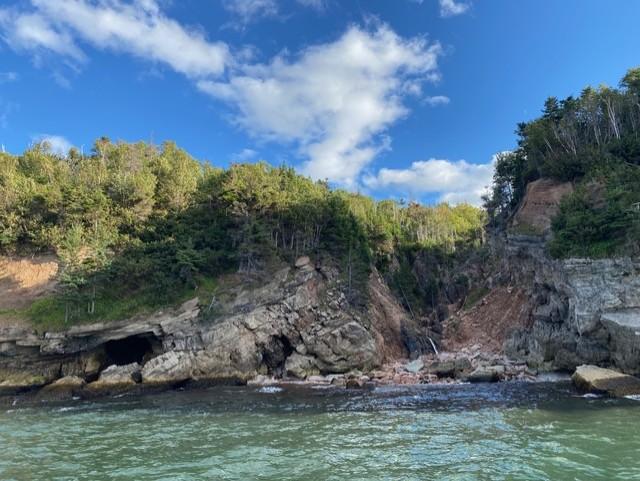
Changing Land Protection in Canada: A Pathway towards Reconciliation
Changer la protection des terres au Canada : Une voie vers la réconciliation
Une aire protégée et de conservation autochtone (APCA) est une étendue de terre et d’eau où des gouvernements, ou des organismes, autochtones ont pour rôle principal de protéger et de conserver des écosystèmes par le biais de lois, d’une gouvernance, ou de systèmes de connaissances autochtones. Le fait de donner aux peuples autochtones les moyens de gouverner leur territoire traditionnel favorise les stratégies de conservation environnementales à long terme, et place la culture et la langue autochtones au cœur de toute APCA.
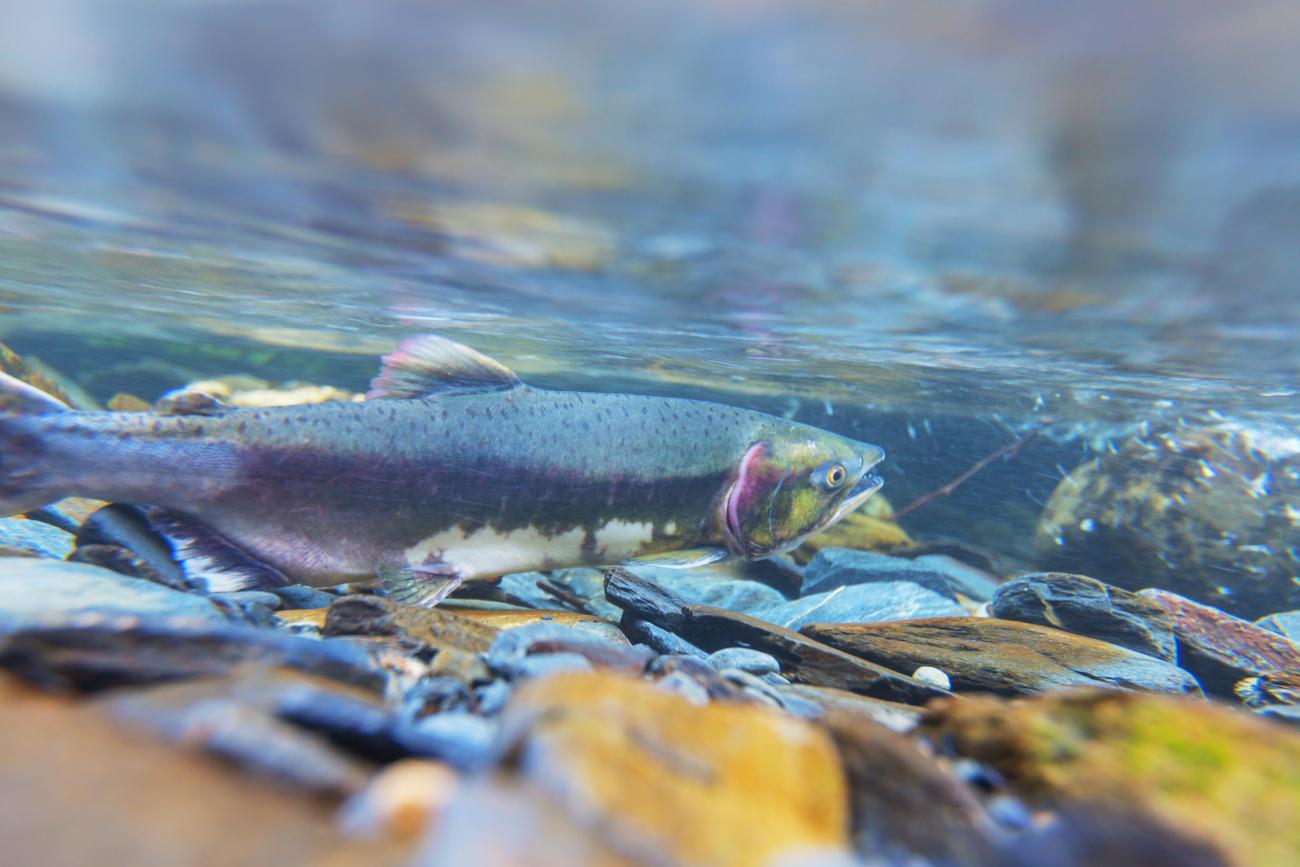
ᗥᐁᘅᔆᙄᐣ /T'eoonesz̲in (I came to know)
ᗥᐁᘅᔆᙄᐣ /T'eoonesz̲in (J’ai découvert)
Pour le peuple Dakelh, les rivières qui coulent sur son territoire sont aussi importantes pour lui que le sang qui coule dans ses veines. Ce peuple savait exactement quand pêcher, chasser, ou récolter les baies, et aussi construire des choses, en fonction des saisons. Une des choses les plus importantes que le peuple Dakelh devait savoir, c’était le moment où le saumon arriverait, car il constituait une source essentielle de nourriture pour survivre durant les longs et difficiles mois d’hiver.
Member Organizations
Meet the 30 science centers participating in GenAction and find local climate action programs in your region.
